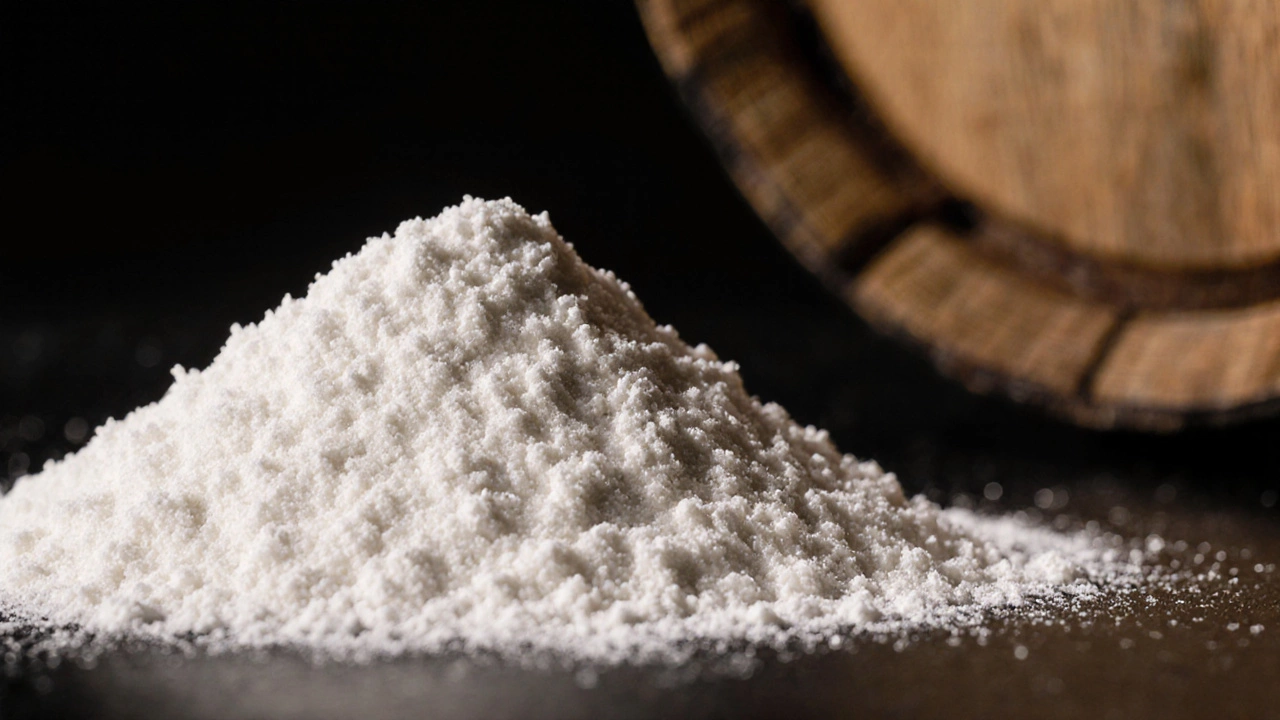How Cream of Tartar Improves Fudge Texture and Flavor
Discover how a pinch of cream of tartar transforms fudge texture, flavor, and shelf-life, plus a step‑by‑step recipe and troubleshooting tips.
When working with Fudge Recipe Tips, quick, practical ways to keep fudge soft, chewy, and flavorful. Also known as fudge tricks, they help home bakers avoid common pitfalls like hardening or graininess.
One of the biggest Fudge Texture, the balance between chewiness and firmness issues comes from temperature control. If the sugar mixture cools too fast, crystals form and the fudge turns gritty. Keeping the pot on a low simmer and using a candy thermometer to hit the soft‑ball stage (around 235°F/113°C) gives you the right crystal size for a smooth bite. Fudge recipe tips also require the right butter‑to‑sugar ratio; too much butter can make the fudge buttery‑soft but prone to melting, while too little leaves it dry and crumbly. Adding a pinch of corn syrup or a splash of heavy cream stabilizes the syrup, creating that coveted silk‑like mouthfeel.
Another critical Fudge Storage, how you keep your fudge after it cools is keeping it airtight. Wrap individual pieces in wax paper, then seal the whole batch in a zip‑lock bag with a layer of parchment between layers. Store in the fridge for up to two weeks; the cool environment slows crystal growth, preserving softness. If you plan to keep fudge longer, freeze it using the same wrapping method—fudge can last three months without losing texture.
Even with perfect cooking, many bakers still face Fudge Hardening, the tendency of fudge to become firm and lose chew after a day or two. This usually means the sugar wasn’t cooled quickly enough, allowing large crystals to develop. To reverse hardening, gently re‑heat the fudge in a microwave for 10‑15 seconds, stir, then let it set again. The heat redistributes moisture and breaks larger crystals, restoring that soft bite.
Finally, for those battling Grainy Fudge, a texture speckled with sugar crystals, the secret lies in stirring. Once the mixture hits the soft‑ball stage, remove it from heat and let it sit for a minute before beating. Over‑stirring creates too many tiny crystals, while under‑stirring leaves large ones. A steady, medium‑speed stir for about two minutes yields a glossy, velvety finish.
All these tips—temperature control, ingredient balance, proper storage, and mindful stirring—form the backbone of successful fudge making. Below you’ll find a curated list of articles that dive deeper into each of these areas, offering step‑by‑step guides, troubleshooting tricks, and creative flavor ideas to keep your fudge adventures fresh and delicious.

Discover how a pinch of cream of tartar transforms fudge texture, flavor, and shelf-life, plus a step‑by‑step recipe and troubleshooting tips.